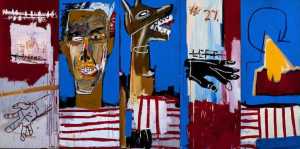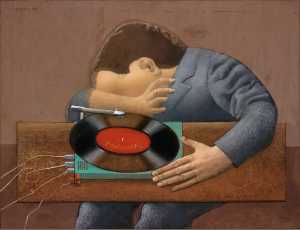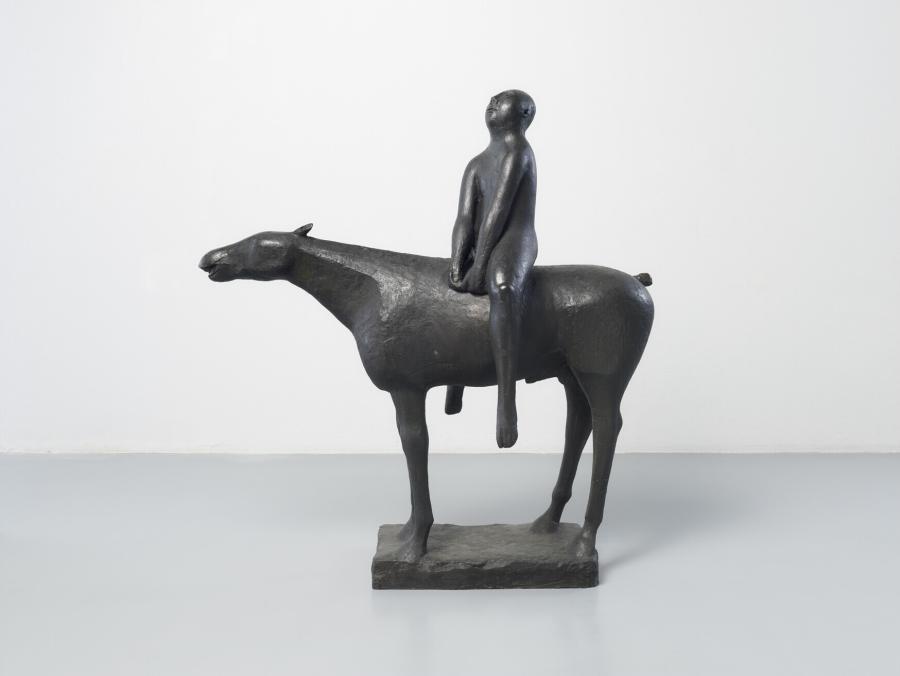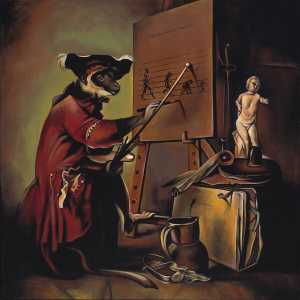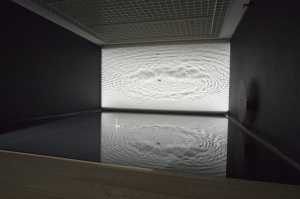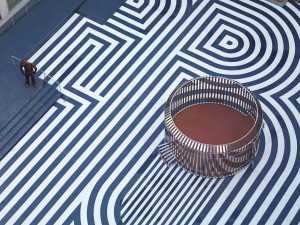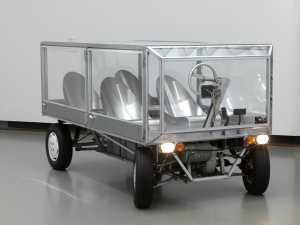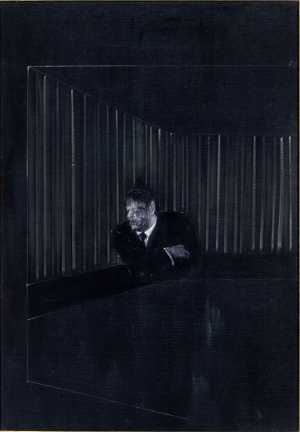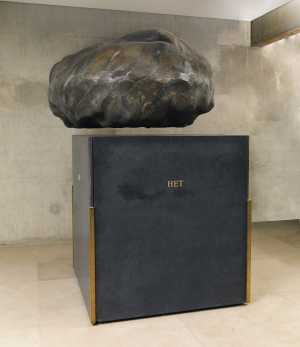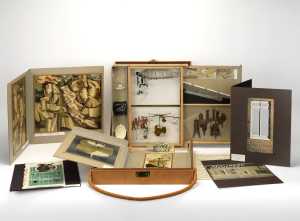In Marini's first horseman sculptures man was still always the centre and measure of things, while the physiological and individual character traits of man and horse also came clearly to the fore, although they had little in common with the classical equestrian statues of Roman times and the Renaissance or the horseman in Etruscan painting, with which Marini feels a great affinity. He gradually developed via a stronger form and more geometrical ordering into being able to give form to that which he experienced as the essentieal in man and animal. He is concerned not with the 'portrait' or the reproduction of a gesture or movement, but with capturing a single moment in which is contained the totality in which 'everything is as it is'. The human figure becomes even smaller, almost more animal-like, and he is no longer the one who guides, but the one who is led, propelled along. After the Second World War Marini experienced this being propelled along more and more as inevitable, as 'the loss of paradise', 'the end of the world'. His sculptures lost their playful character of or the quality of being touched by the divine and became more dramatic, demonic and frightening. Marini: 'I try ... to give form to the last stage in the dissolution of a myth, the myth of the heroic, all-conquering individual, of the 'uomo di virtù' 'the man of honour' of the humanists. The works created in the last fourteeen years are meant to be not heroic, but tragic' (1958). This horseman of 1947, however, which was preceded by an almost identical sculpture in wood, still looks unconcernedly upwards. Incisions, notches and lines in the bronze accentuate the stylization of planes and details and lend the sculpture more colour and line.

Specifications
| Title | Il cavaliere |
|---|---|
| Material and technique | Bronze |
| Object type |
Sculpture
> Three-dimensional object
> Art object
|
| Location | This object is in storage |
| Dimensions |
Height 164 cm Length 155 cm Width 67 cm |
|---|---|
| Artists |
Artist:
Marino Marini
|
| Accession number | BEK 1282 (MK) |
| Credits | Purchased 1955 |
| Department | Modern Art |
| Acquisition date | 1955 |
| Creation date | in 1947 |
| Internal exhibitions |
Boijmans Ahoy, drive-thru museum (2020) |
| Research |
Show research Digitising Contemporary Art |
| Material | |
| Object | |
| Geographical origin | Italy > Southern Europe > Europe |


